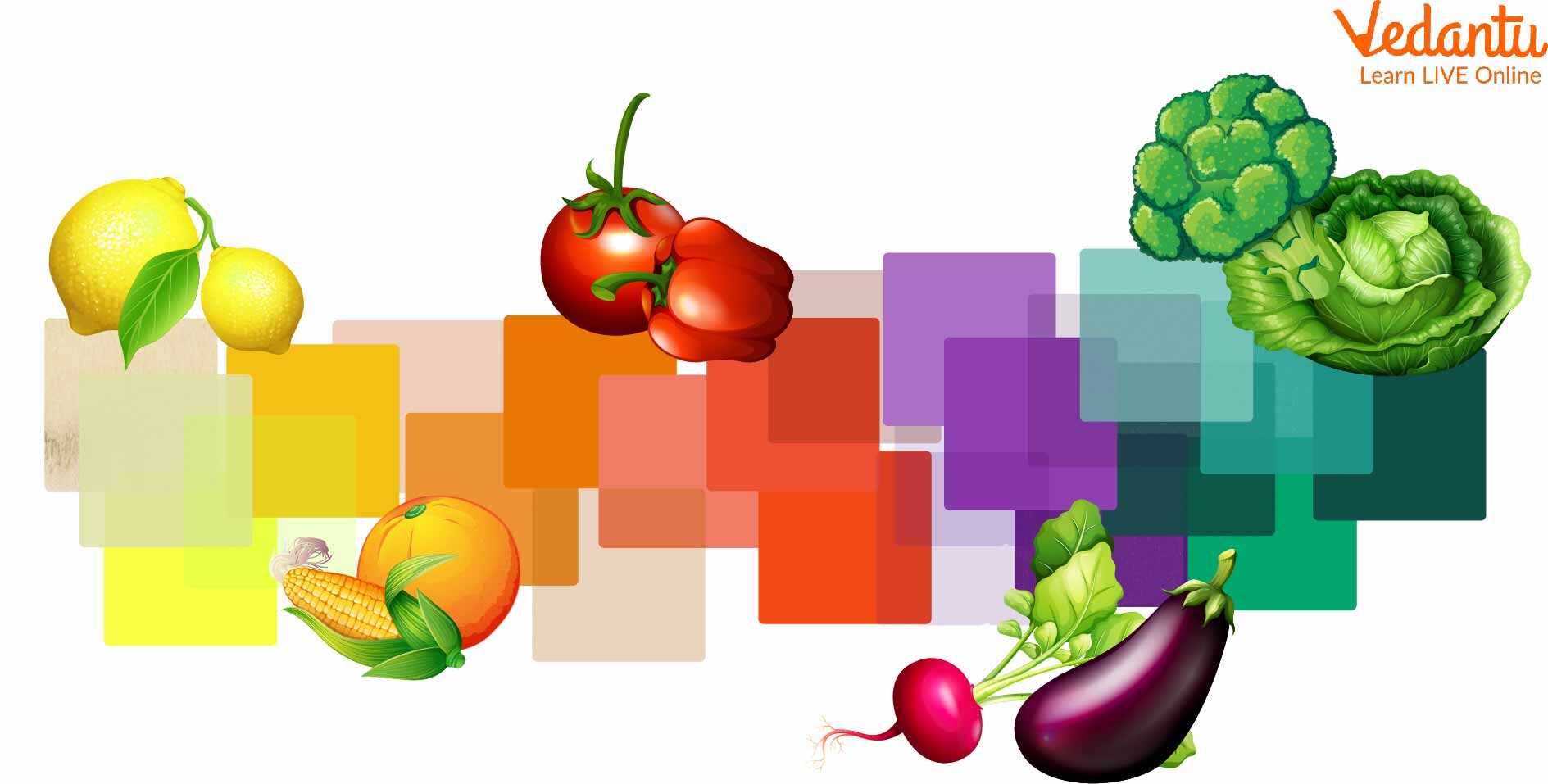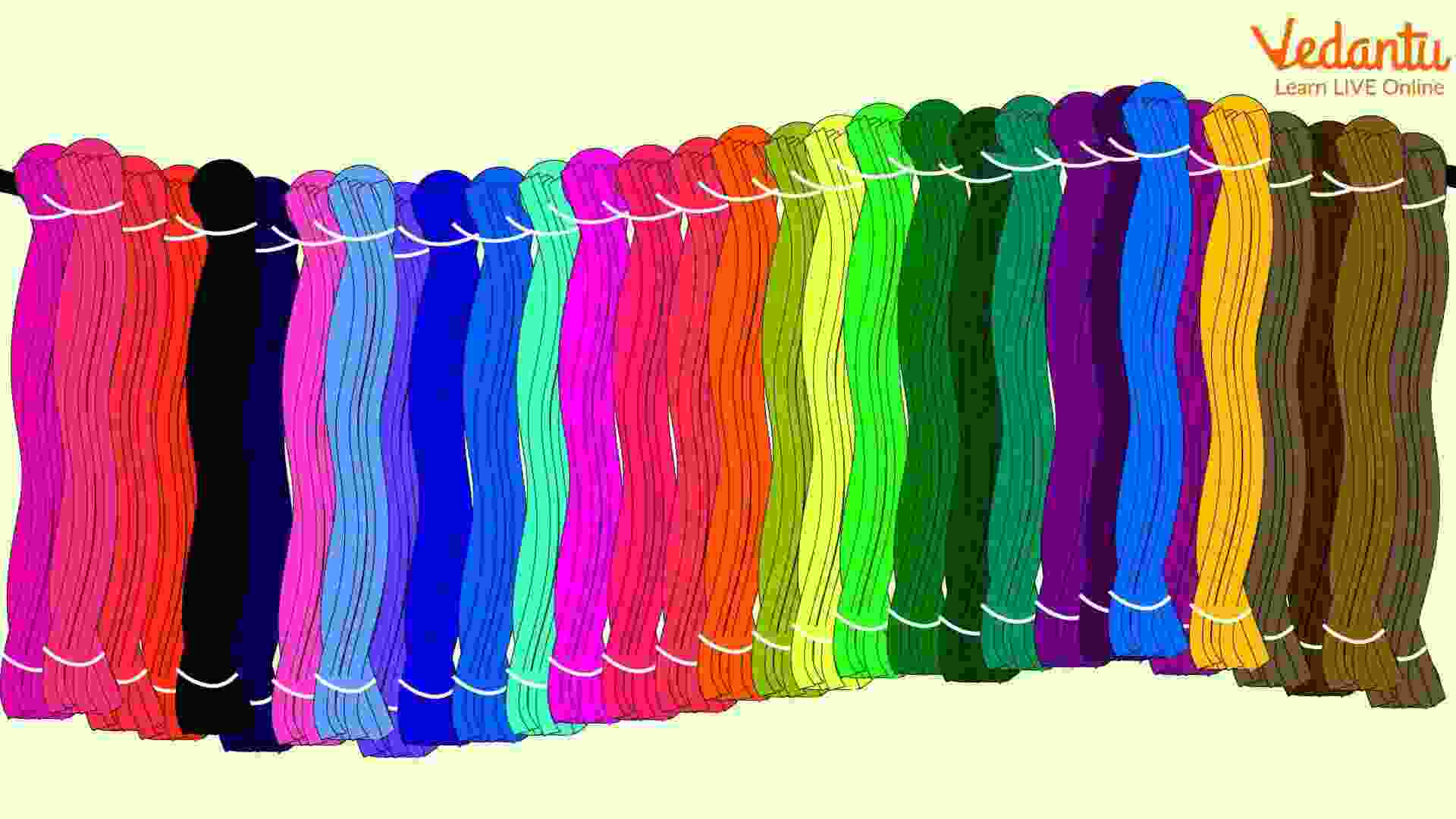Teaching Kids About Natural Paint Colours Can Be Fun
Do you know that you can use vegetables to create natural colours? In earlier times, people used different vegetables and fruits to colour their clothes. All they needed to do was create the colours with time and effort. You can use old spinach, any lemon ends, or the head of the cabbage to create your colours. Homemade dyes are easy and pocket friendly. It is very fruitful too.
You can teach yourself how to do vegetable dye, or if you know, you can spend time with your kids on holiday doing the same. Here we have discussed how to make natural colours from vegetables.
What is Natural Dye?
You might have always painted with your crayons. But making homemade colours is an easy activity. But if you want to know what is natural dye first, then here is your answer!
Natural dyes are colours created by using organic materials. These can be flowers, different vegetables or fruits and even leaves, woods or the bark of the tree. Most natural dyes come from plants such as roots, wood, leaves, berries, bark, etc. You can use different ingredients and blend them to make different colours.
Making natural colours is an interesting activity, especially for kids who would love the experiment and, more than that, the excitement to learn making colours. Here, you can learn how to make natural vegetables and teach your child the same thing. So, let’s get started!
Making Natural Colours Using Vegetables
Dyeing with vegetables can be fun. It is a very productive activity and will also help you learn the uses of dyes. Here we have discussed which vegetables to use to create different natural and homemade colours.
Blue - Blue can be created using red cabbage, mulberries, indigo woad, blueberries, elderberries, purple grapes and dogwood bark.
Orange - To create orange, you can use carrots, onion skins, gold lichen or the skin of oranges.
Red-brown - Beets, pomegranates, bamboo, bloodroot and hibiscus are suitable ingredients to make red-brown.
Red-purple - Reddish-purple can be created using basil leaves, red sumac berries, huckleberries, daylilies, and pokeweed berries.
Yellow - You can make the yellow colour by using bay leaves, celery leaves, Queen Anne’s Lace roots, marigolds, dandelion flowers, St John’s Wort, sunflower petals, yellow dock roots, mahonia roots, yellowroot roots, turmeric, paprika.
The method is nearly the same while using different ingredients to make different colours. Below, we have discussed how to make colours by using vegetables.
How to Make Natural Colours from Vegetables?

Homemade Colours
Required Materials (Raw)
Beet skin
Red cabbage leaves
Onion skin
Spinach
Saucepans
Orange peels
Method
So, how to make natural colours? One simple idea is to use vegetable dye. Here is the process-
Firstly, gather raw vegetables or their skin in one place.
Now, chop the vegetables. If you are colouring or dying with vegetables, you can use one cup of chopped vegetables.
Add the chopped vegetables to a saucepan and fill it with water. Use twice as much water in the saucepan.
Place the saucepan on the gas over medium heat for an hour.
Bring it to a simmer. It usually takes an hour.
Now, please turn off the heat and leave it until it reaches room temperature.
Once the mixture cools down, strain the dyes into any glass container.
These are some of the steps to let you know how to make natural colours.
How to Use Natural Colours to Create Long-lasting Fabrics Colours?

Making Natural Colours at Home
Required Materials (Raw)
Vegetables (Wherever you choose)
Glass or stainless steel pot
Salt
Water
Cup
Method
Firstly, take any glass-made pot or stainless steel pot.
Put the plant material into the pot.
Now, fill the pot with water. The water should be twice as much as the plant material you have used.
Now, start the gas and leave it to boil.
You must leave it for at least an hour to simmer to get a nice dark colour.
After an hour, strain the plant material.
Now, you need to leave the liquid in the pot.
Place the fabric in the dye bath. You need to do it very carefully and boil it very slowly.
Simmer it for an hour. But keep stirring the mixture once in a while.
Usually, it takes an hour to get the dark shade but if you think you can get darker by stirring for a little longer, then do it.
You can leave it overnight, too, after it is boiled.
Turn off the gas and let the fabric sit in warm water for some time.
When you get your desired colour, please remove the fabric from the container and dry it under shade. Once the fabric is completely dry, you can wash it using plain water. But remember, the colours get washed out a little after washing the fabric in cold water.
Lastly, leave the fabric for drying as usual. You can also iron the fabric before using it. However, this step should be done by kids.
You can dye your clothes, handkerchiefs, curtains, shirts, etc., by following the above steps. However, use light fabric such as cotton initially, which can absorb colours quickly.
Conclusion
Creating natural colours using vegetable leftovers can be a great way to spend time with your children. Make it a Sunday activity, or try it twice every week; this will boost your child's creativity. On the other hand, your child will learn how to use organic waste rather than throwing them away.
The best part of this activity is that children not only enjoy these kinds of activities but also learn about many things. They get better ideas of how to use colours, where, etc. Most importantly, this activity can help your kids learn about art too. These small activities with kids can help them grow in so many ways.







